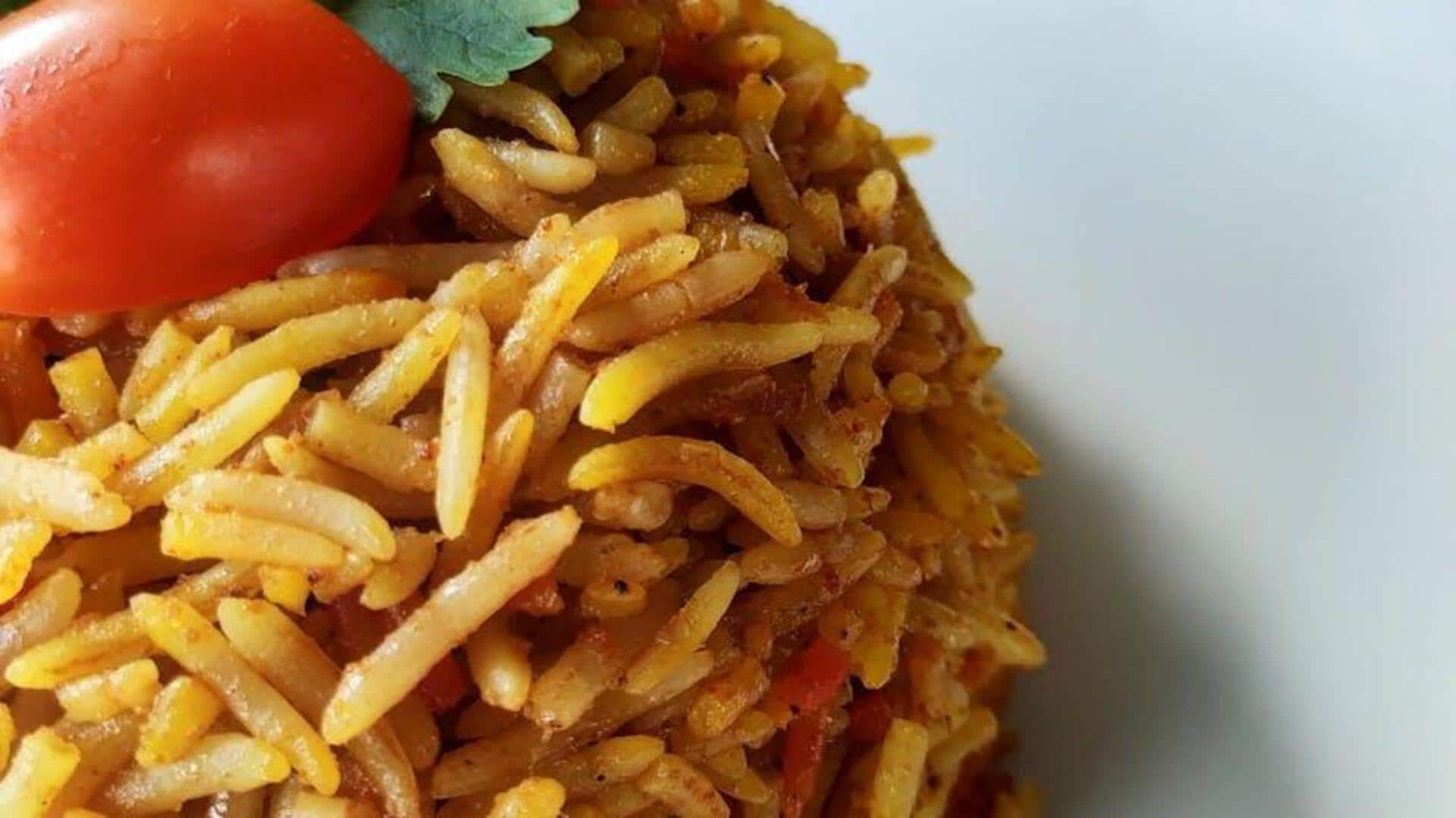
The journey of vegetarian pilaf from grains to gourmet
What's the story
Vegetarian pilaf boasts a rich history, dating back to ancient civilizations where grains formed a staple. Over the centuries, the dish has evolved into a culinary delicacy savored across the globe. Pilaf's evolution depicts changes in agriculture, trade routes, and cultural exchanges. Today, it is lauded for its versatility and nutritional benefits. Here's taking a look at vegetarian pilaf's journey from humble beginnings to a modern-day favorite.
#1
Ancient grains as the foundation
Ancient grains such as barley and millet existed in early-day pilaf. These grains were grown by ancient civilizations because of their hardiness and health benefits. They offered nutrients like fiber and protein, which made them a part of the daily diet. With the growth of trade routes, these grains traveled from region to region, enabling cultures to modify the basic recipe with local produce.
#2
Influence of trade routes
The expansion of trade routes was critical in the evolution of vegetarian pilaf. Spices such as saffron and cumin became key ingredients as they made their way along these routes from Asia to Europe and Africa. These spices not only added flavor but also introduced new aromas that turned simple grain dishes into more complex culinary experiences.
#3
Cultural adaptations across regions
As vegetarian pilaf traveled across continents, it adapted to suit regional tastes and available ingredients. In India, basmati rice gained popularity because of its aroma while Mediterranean areas preferred bulgur wheat for its nutty flavor profile. Every culture added their own unique touch, like vegetables or legumes, which played an important role in developing the different versions around the world.
Tip 1
Modern-day variations & health benefits
Today's vegetarian pilafs are not only loved for their taste but also for their health benefits. This is mainly because whole grains are packed sources of vitamins, minerals, antioxidants, and fiber, among other nutrients, making them perfect picks in balanced diets across the globe. Be it quinoa, brown rice, farro, amaranth etc., there are endless possibilities when creating delectable, nutritious meals for any occasion.